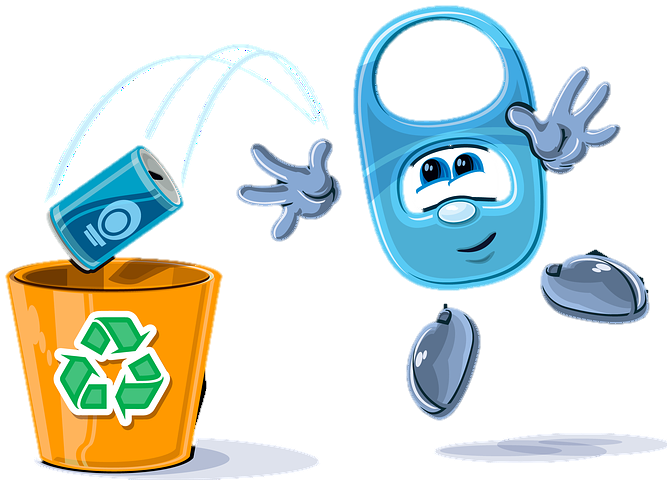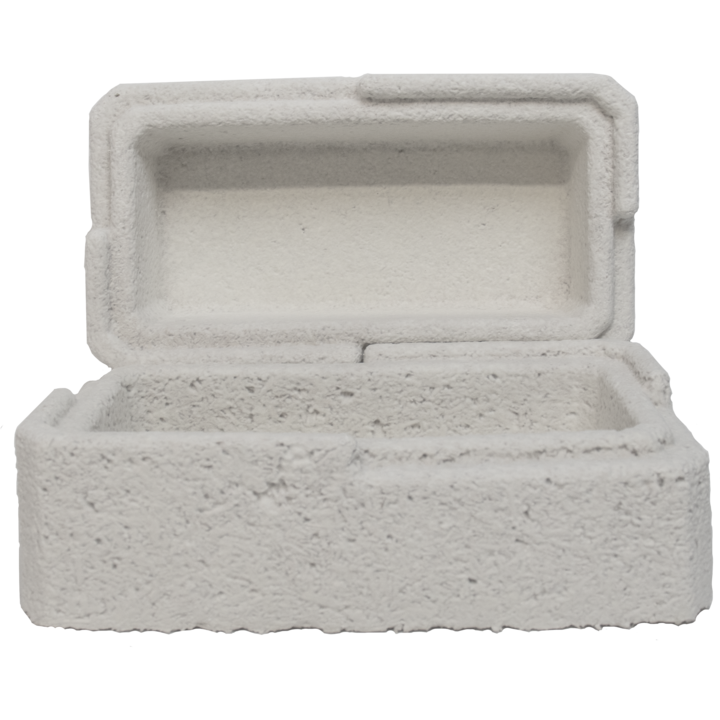
The current linear model of resource management, based on fast production and consumption, is unsustainable in the long run. An alternative to that model, the circular economy, is restorative in essence, allowing to reuse materials at the end of the product’s life and maximize the resources. The circular economy is advantageous for both businesses, consumers and the environment.
Circular Economy Benefits
The contemporary economy is based on the “take, make, waste” linear model. Products are manufactured from raw materials, used, and discarded. In contrast, the circular economy revolves around the concepts of reduction, reuse, and recycling. The circular model relies on the use of biodegradable materials that can ultimately be returned to nature. Extending products’ lifetime, which allows for minimal resource extraction and waste, could be an answer to the global resource overuse problem.

At the same time, the circular economy holds huge potential benefits for the climate. The Circularity Gap Report 2019 points out that greenhouse emissions are a direct consequence of modern material management. The numbers are stunning: according to the report, shifting from the linear to the circular economy could reduce greenhouse emissions by more than 60%. Take aluminum and copper, for example. Recycling those two metals saves 90% of the energy needed for producing them from raw materials.
Circular Economy and Businesses
The circular economy benefits businesses in several ways. As an alternative business strategy, it requires innovative solutions, hence facilitating access to new markets. What is more, reusing resources is cost-effective, making it possible for businesses to lower their production costs.

Many large corporations, like Dell Technologies, draw on the circular economy as part of their production processes. Dell’s packaging materials are almost entirely made from renewable sources like straw and mushrooms. At the end of their lives, Dell computers are wiped for data, then resold or donated, and the unusable products are recycled. In addition, every part of the circle is fully traceable, from the collection at customer drop-off to processing into new parts in China and resales to new customers.
Circular Economy and Consumers
Our consumption patterns and choices play a crucial role in the circular economy. In order to assure a thriving circular economic model, consumption needs to progressively focus on sharing, renting and recycling. The statistics are encouraging. According to a recent Nielsen report, 48% of consumers in the US would be happy to modify their consumption habits if that would reduce their impact on the environment.
The award-winning Danish VIGGA clothing company is a great example of a circular sharing-based business that allows for innovative consumer experience. VIGGA’s goal is to significantly reduce textile waste while providing high-quality items with lower prices. For a monthly subscription fee, customers receive a set of sustainable, ethically produced children’s clothing items. Once the clothes are outgrown, they are replaced by new sets, one size bigger. Since the clothing is of excellent quality, several children can use the same pieces, thus extending the life of products.
In the U.S., a company called For_Days is employing a similar system for adults. Organic cotton t-shirts are available on a kind of lease for a one-off lifetime membership fee. Whenever you want to swap that t-shirt for another one, you pay a very small fee for the switch, which covers the brand new shirt, postage to you and the return postage of the one you no longer want. The company recycle your returned t-shirt (as well as any other old clothes you want to send them to save from landfill!).
Global Level Circular Economy
Scaling up the circular economy to the global level and closing the circularity gap is a means of achieving the United Nations’ Sustainable Development Goal of responsible production and consumption patterns. However, there’s still a long way to go. The Circularity Gap Report reveals that only 9,1% of the world economy is circular, and most raw materials used to sustain the global population go to waste.
Governments play a central role in scaling up the circular economy. Some European countries like Finland and the Netherlands, for example, have included the circular economy into the very core of their economic policy. Together with the European Union, China is another world leader in the circular economy policy, focusing on resources, waste, and pollution. At the 20th EU-China Summit in Beijing in 2018, it signed a Memorandum of Understanding on Circular Economy Cooperation with the EU.
Still, most countries’ economies are too small to be self-sufficient in circularity. Cooperation and global leadership is, therefore, a prerequisite for a viable global circular economy.

With the global population on the rise and limited resource supplies, shifting from the linear to the sustainable circular model is becoming essential for a thriving economy. In order to fully adopt the circular model, however, there is a clear need for a paradigm shift where everyone from consumers to producers and governments is on board and plays an integral role in redefining modern production and consumption habits.



